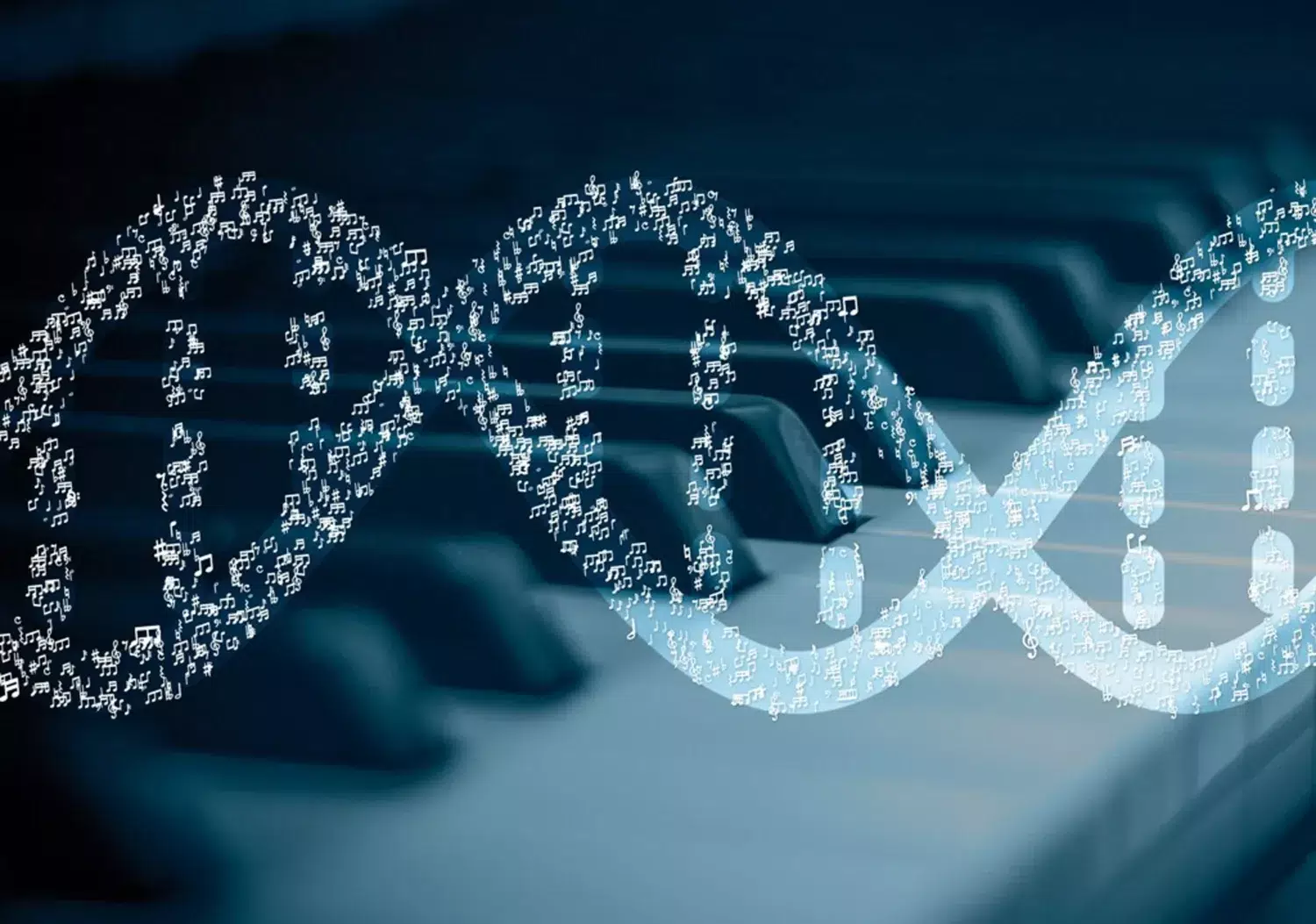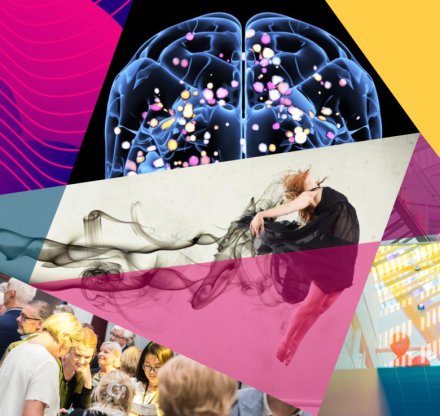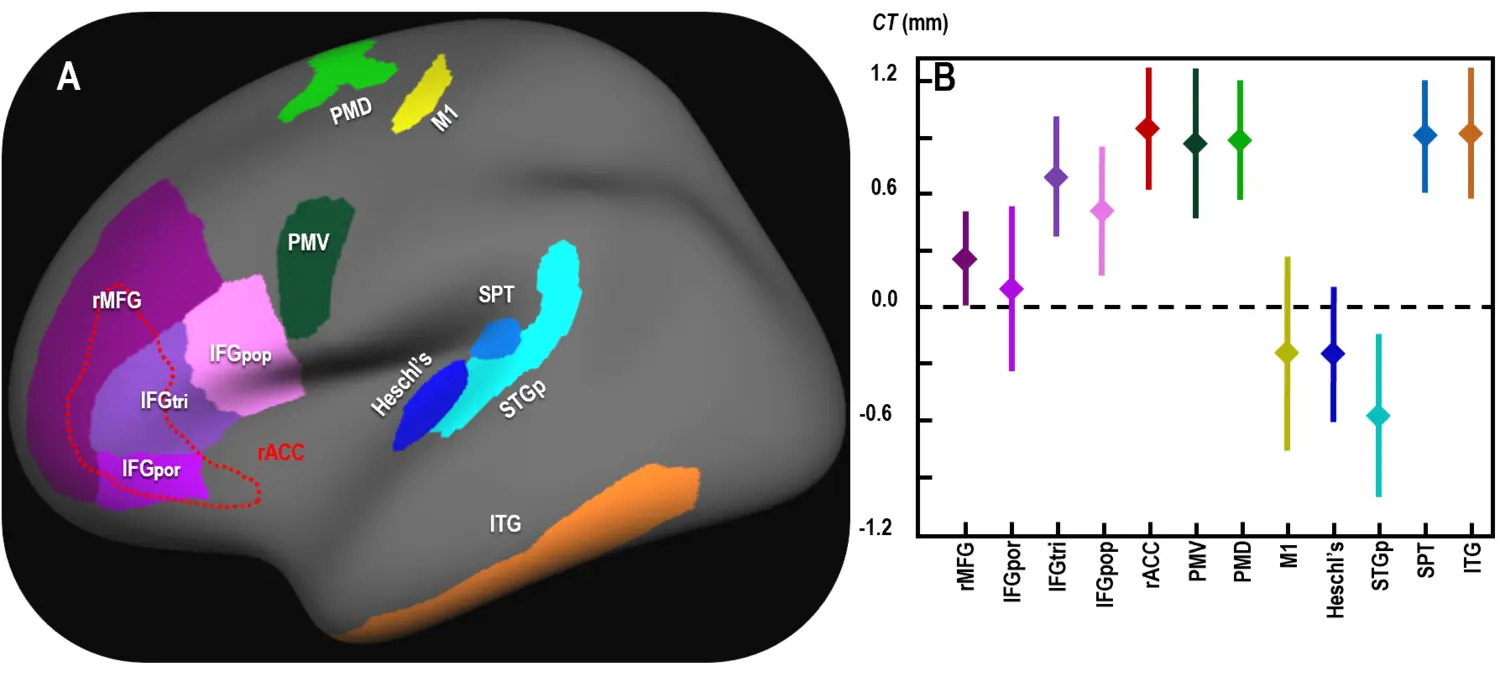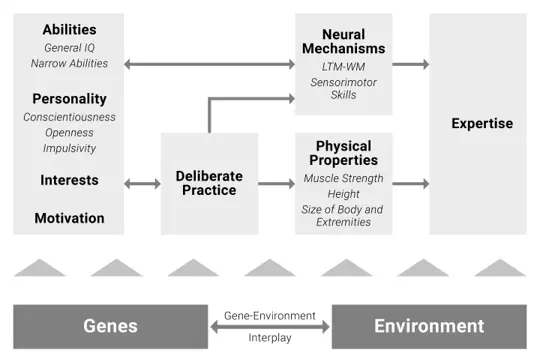
Neuroscientist and pianist Fredrik Ullén awarded the Mensa Foundation Prize
KI researcher Fredrik Ullén has been awarded the fifth Mensa Foundation Prize for his pioneering work in neuroscience, with a particular focus on the neuropsychology of expertise and creativity, i.e. the mechanisms in the brain that allow us to perform at a high level in a particular field after many years of focused training. The prize recognises individuals whose research helps us better understand human intelligence.







